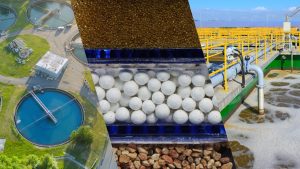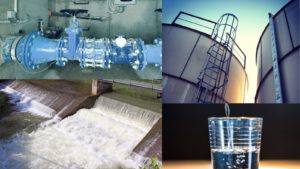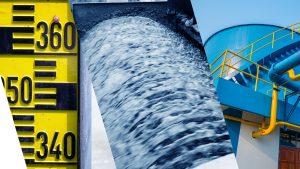One of the most frequently asked questions in the industrial world is, ‘How can we ensure the safety and longevity of our infrastructure?’ The answer lies in Structural Health Monitoring (SHM) technology, which uses advanced sensors to track the condition of structures in real-time. These sensors provide valuable insights into the health of buildings, bridges, pipelines, and other vital infrastructure. With the growing importance of predictive maintenance and safety in industrial settings, knowing which sensors are most effective is the first step towards success.
In this exclusive article, we explore the top five structural health monitoring sensors that are revolutionising the industrial world.
In this exclusive article, we explore the top five structural health monitoring sensors that are revolutionising the industrial world.
What is Structural Health Monitoring?
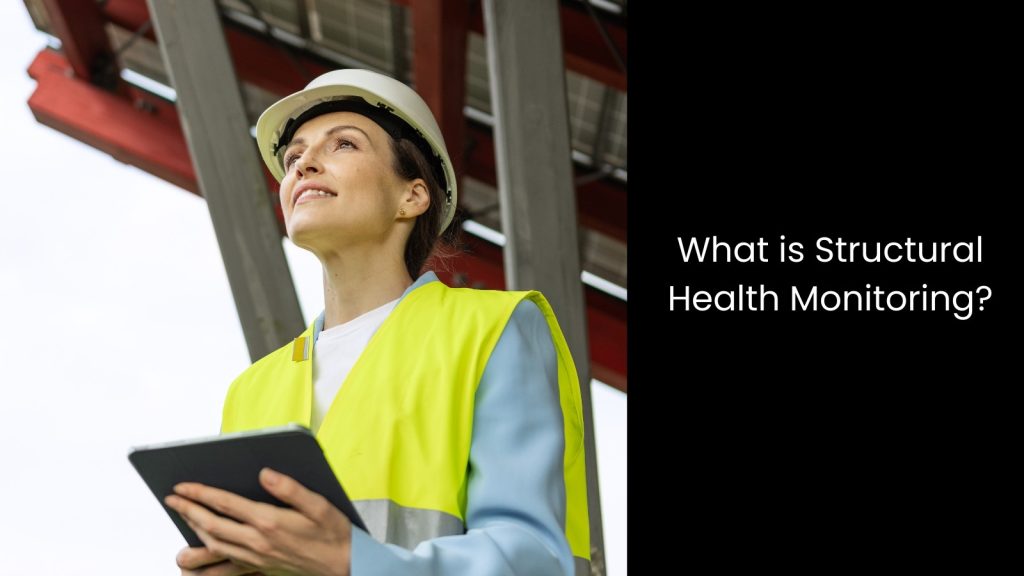
- This concept involves continuously observing and assessing the condition of buildings, bridges, and other infrastructures to ensure they remain safe and reliable over time.
- SHM uses advanced sensors and technology to detect any signs of damage or wear, such as cracks, shifts, or temperature changes, that could impact the structure’s integrity. This process helps engineers and maintenance teams identify issues early, and it allows for timely repairs or adjustments before problems worsen.
- In a world where infrastructure is vital to daily life, the importance of SHM lies in its ability to prevent failures, reduce repair costs, and extend the life of structures. With SHM, authorities can keep their roads, bridges, and buildings in better shape.
- This ensures public safety and minimises costly disruptions.
Understanding the Concept of Sensors in SHM
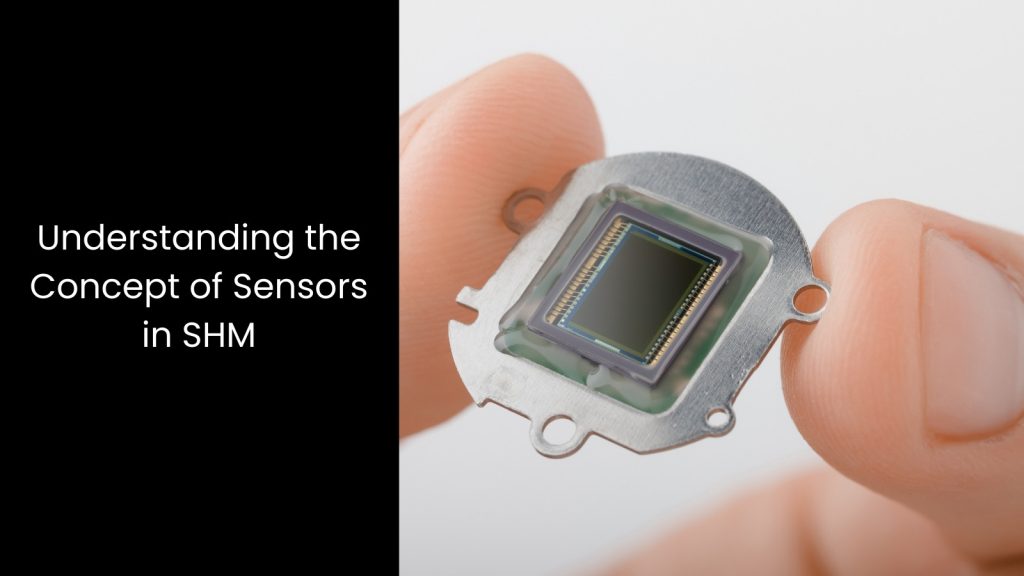
- Sensor technology lays the base for structural health monitoring, helping engineers and maintenance teams track the condition of structures in real time.
- These sensors are small devices that collect data on things like temperature, vibrations, strain, and displacement. When engineers install these sensors in buildings, bridges, or dams, they can monitor any changes that could indicate damage or wear.
- For example, a sensor might detect a shift in the structure, showing that something is off-balance or that stress is building up. This early detection allows for quick action, reducing the risk of bigger problems later.
- So, the point is that these sensors make SHM more efficient by providing continuous data. Plus, the latter helps experts understand how a structure behaves over time.
Top 5 Structural Health Monitoring Sensors
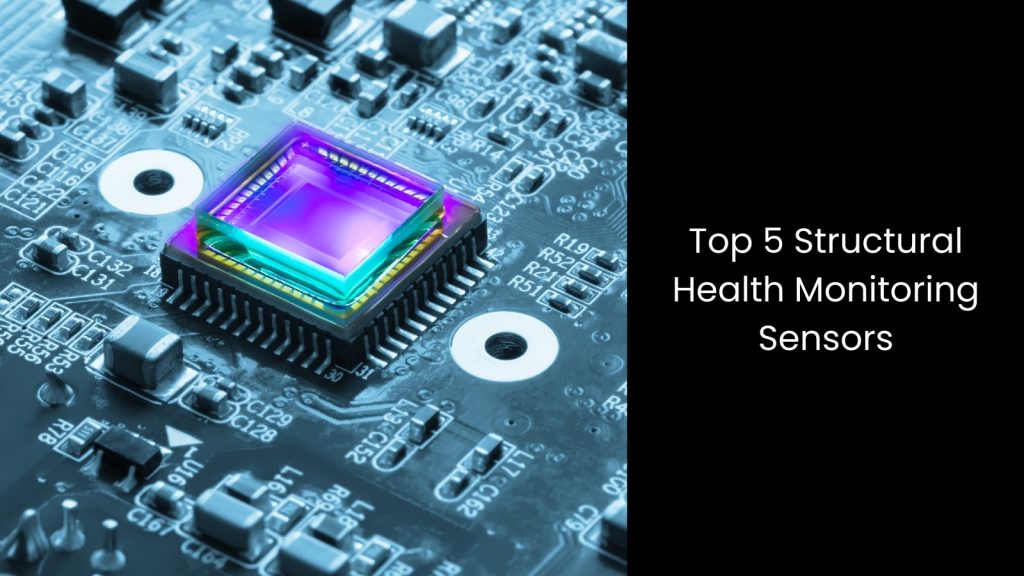
Vibration Sensors
This is one of the most used types of sensors in structural health monitoring, as vibration sensors help detect subtle movements in structures like buildings, bridges, and industrial equipment. These sensors measure vibrations caused by external forces, such as wind, traffic, or even earthquakes.
Accelerometers and piezoelectric sensors are two common types of vibration sensors. Accelerometers track changes in speed or direction of movement, providing data on how much a structure shifts. Piezoelectric sensors, on the other hand, generate electrical signals when exposed to mechanical stress, making them great for monitoring changes in pressure or stress in materials.
These sensors find applications in bridges, where they monitor any shifting that could indicate stress or damage. In buildings, they detect vibrations that could signal structural instability, and in industrial settings, they can help prevent equipment failure by spotting unusual vibrations early.
The benefit of vibration sensors in structural health monitoring is their ability to detect early signs of damage, such as cracks or weaknesses.
Accelerometers and piezoelectric sensors are two common types of vibration sensors. Accelerometers track changes in speed or direction of movement, providing data on how much a structure shifts. Piezoelectric sensors, on the other hand, generate electrical signals when exposed to mechanical stress, making them great for monitoring changes in pressure or stress in materials.
These sensors find applications in bridges, where they monitor any shifting that could indicate stress or damage. In buildings, they detect vibrations that could signal structural instability, and in industrial settings, they can help prevent equipment failure by spotting unusual vibrations early.
The benefit of vibration sensors in structural health monitoring is their ability to detect early signs of damage, such as cracks or weaknesses.
Strain Gauges
The next one is strain gauges, which play a key role in structural health monitoring by measuring how much a material deforms under stress.
Strain gauges are devices that detect the stretching or compressing of a structure, providing valuable data about the health of materials like concrete, steel, and pipelines. These gauges come in different materials, such as metal foil or semiconductor, and can be arranged in various configurations like uniaxial or rosette designs, depending on the type of deformation being measured.
For example, metal foil strain gauges are commonly used for general structural monitoring, while semiconductor gauges offer more sensitivity for detecting small changes in strain. Strain gauges are widely used in monitoring concrete and steel structures, where they help detect stress and strain that could lead to cracks or failures.
They help engineers identify areas that are under stress and require attention, allowing for timely maintenance and preventing costly repairs or disasters. With strain gauges, engineers can ensure that structures remain safe and functional for longer periods.
Strain gauges are devices that detect the stretching or compressing of a structure, providing valuable data about the health of materials like concrete, steel, and pipelines. These gauges come in different materials, such as metal foil or semiconductor, and can be arranged in various configurations like uniaxial or rosette designs, depending on the type of deformation being measured.
For example, metal foil strain gauges are commonly used for general structural monitoring, while semiconductor gauges offer more sensitivity for detecting small changes in strain. Strain gauges are widely used in monitoring concrete and steel structures, where they help detect stress and strain that could lead to cracks or failures.
They help engineers identify areas that are under stress and require attention, allowing for timely maintenance and preventing costly repairs or disasters. With strain gauges, engineers can ensure that structures remain safe and functional for longer periods.
Temperature Sensors
Temperature is one essential aspect of structural health monitoring because temperature fluctuations can significantly affect the integrity of buildings and bridges. Materials like steel and concrete expand or contract with temperature changes, which can lead to cracks, warping, or weakening of structures over time.
Temperature sensors are designed to measure these changes, helping engineers track how a structure reacts to temperature shifts. Common types of temperature sensors include thermocouples and Resistance Temperature Detectors (RTDs).
These sensors are especially useful in materials that are susceptible to temperature-induced stress, like steel, which expands in heat, or concrete, which can crack if it experiences rapid cooling. They help prevent thermal stress, which can cause structural failure, and ensure the stability of buildings, bridges, and other infrastructure.
Temperature sensors are designed to measure these changes, helping engineers track how a structure reacts to temperature shifts. Common types of temperature sensors include thermocouples and Resistance Temperature Detectors (RTDs).
These sensors are especially useful in materials that are susceptible to temperature-induced stress, like steel, which expands in heat, or concrete, which can crack if it experiences rapid cooling. They help prevent thermal stress, which can cause structural failure, and ensure the stability of buildings, bridges, and other infrastructure.
Displacement Sensors
Displacement is an important factor because even small shifts can lead to significant issues like cracks or even failure if not detected early.
Different types of displacement sensors help track these movements, with two common examples being Linear Variable Differential Transformers (LVDTs) and laser displacement sensors. LVDTs measure the change in position by converting linear displacement into an electrical signal, providing highly accurate data. Laser displacement sensors use light to measure the distance to a surface, detecting even the smallest movements with great precision.
These sensors are especially useful in monitoring critical infrastructure like dams, tunnels, and bridges, where shifts in position could indicate structural problems, such as settling or cracks.
The benefits of using displacement sensors in structural health monitoring are clear. They allow engineers to detect early signs of movement or shifts that could lead to damage, ensuring timely repairs and preventing serious safety issues.
Different types of displacement sensors help track these movements, with two common examples being Linear Variable Differential Transformers (LVDTs) and laser displacement sensors. LVDTs measure the change in position by converting linear displacement into an electrical signal, providing highly accurate data. Laser displacement sensors use light to measure the distance to a surface, detecting even the smallest movements with great precision.
These sensors are especially useful in monitoring critical infrastructure like dams, tunnels, and bridges, where shifts in position could indicate structural problems, such as settling or cracks.
The benefits of using displacement sensors in structural health monitoring are clear. They allow engineers to detect early signs of movement or shifts that could lead to damage, ensuring timely repairs and preventing serious safety issues.
Acoustic Emission Sensors
The most commonly used sensors in structural health monitoring are acoustic emission sensors, which listen for sounds generated by changes within a structure.
Acoustic emission technology works by detecting high-frequency waves that occur when materials crack, bend, or undergo stress. These waves, normally referred to as ‘acoustic emissions,’ are produced when internal defects like cracks or corrosion begin to form. The sensors pick up these emissions and convert them into signals that engineers can analyse.
There are different types of acoustic sensors, including piezoelectric sensors, which generate an electric charge when stressed, and sensors that use microphones or other techniques to capture the sound waves.
Acoustic emission sensors are used in monitoring essential infrastructure such as dams, pipelines, and aircraft, where undetected damage could lead to serious problems. The reason for using these sensors is their ability to detect internal issues before they become visible or lead to catastrophic failures. This early detection allows for repairs to be made quickly, helping to prevent expensive damage and ensuring the safety and longevity of infrastructure.
Acoustic emission technology works by detecting high-frequency waves that occur when materials crack, bend, or undergo stress. These waves, normally referred to as ‘acoustic emissions,’ are produced when internal defects like cracks or corrosion begin to form. The sensors pick up these emissions and convert them into signals that engineers can analyse.
There are different types of acoustic sensors, including piezoelectric sensors, which generate an electric charge when stressed, and sensors that use microphones or other techniques to capture the sound waves.
Acoustic emission sensors are used in monitoring essential infrastructure such as dams, pipelines, and aircraft, where undetected damage could lead to serious problems. The reason for using these sensors is their ability to detect internal issues before they become visible or lead to catastrophic failures. This early detection allows for repairs to be made quickly, helping to prevent expensive damage and ensuring the safety and longevity of infrastructure.
Walking Towards the Future of Structural Health Monitoring with Advancing Sensor Technology

With sensor technology driving the future of structural health monitoring, industries can expect more proactive and precise monitoring systems in the upcoming years. This is where the advanced software solutions, integrated with cutting-edge sensors, offer real-time data that enhances decision-making and minimises risk. Invest in an Industry 4.0-powered software solution today to optimise the performance and safety of your industrial assets while cutting downtime and maintenance costs.


